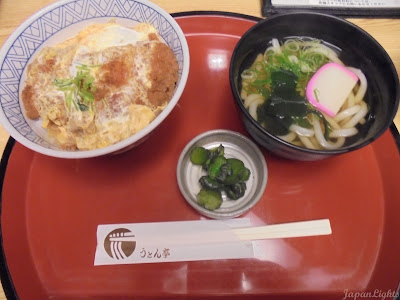About me
I'm Aleksandra, an ordinary student, and this is my blog about Japan. I will write about various things I've experienced in the Country of Cherry Blossoms during my student exchange.
What's up?
Popular Posts
-
It’s International Women Day and I decided to write about something every women going to Japan should know. The stalking problem. Somethi...
-
Themed cafes are a “must-see” in Japan. The very first one I went to was a 80’s video game cafe in Shinjuku named 8bit Cafe.
-
My trip to the Tokyo Tower started a little late (at 5 pm) and since there was a Zōjō temple on the way, by the time I reached ...
-
You’re probably wondering where exactly are you? In short this is a blog about Japan through the eyes of a gaijin . I’m Aleksandra, an or...









